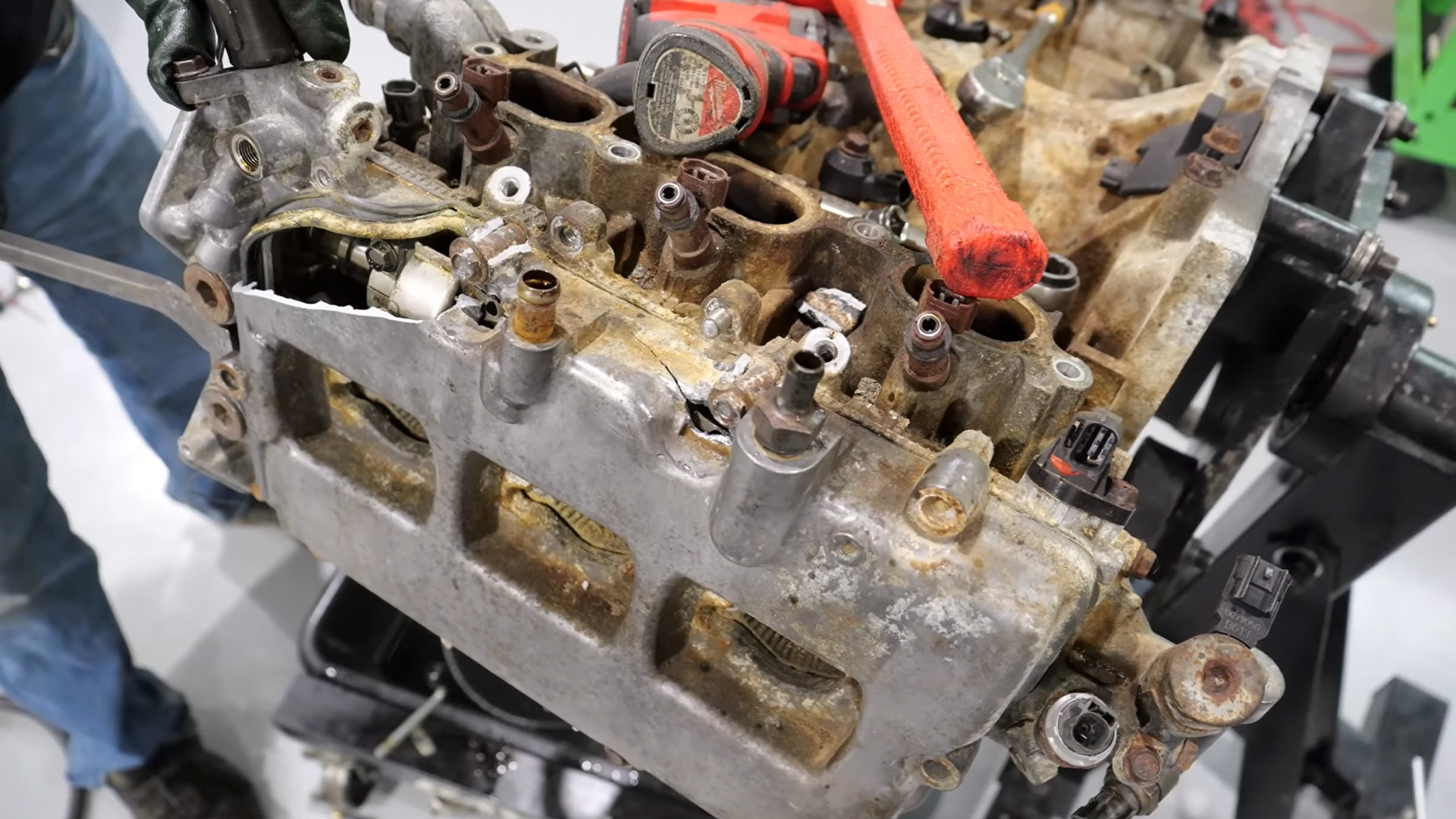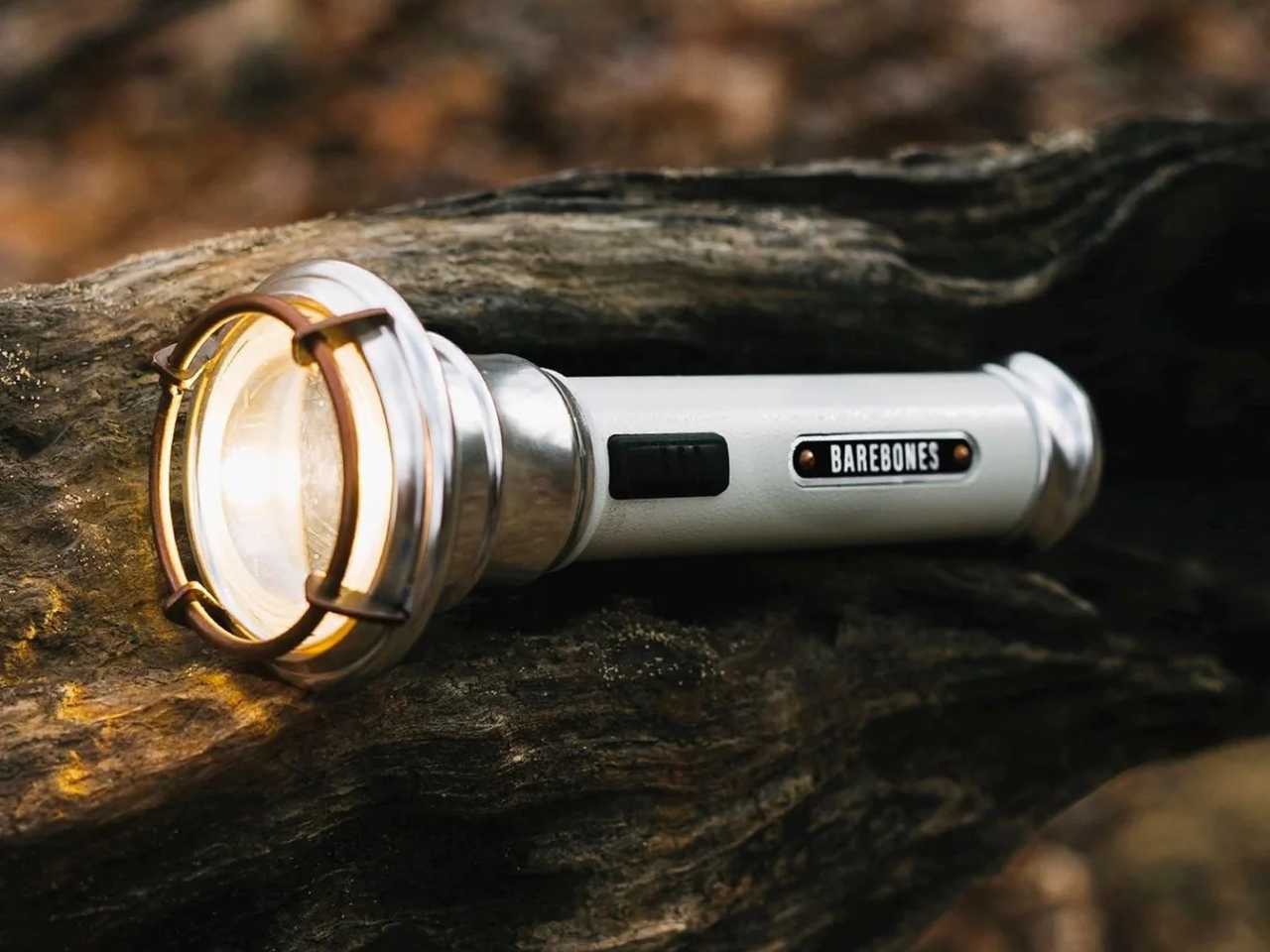Here’s What Years of Salty Roads Will Do To Your Car’s Engine
This Subaru engine was so rusty from salt that they needed an air hammer to remove the valve cover bolts. The post Here’s What Years of Salty Roads Will Do To Your Car’s Engine appeared first on The Drive.

I’ve lived in the northeast for most of my life, so I’m far too familiar with rusty suspension and subframe bolts. Of course, a car’s undercarriage and body panels aren’t the only parts affected by corrosion; engines can really suffer, too, as evidenced by this video from I Do Cars on YouTube. It shows off a typically reliable Subaru EZ30R flat-six that, as best as I can tell, finally succumbed to all that salt after years of exposure.
It’s no big surprise when an engine with more than 200,000 miles dies. That sort of mileage can take the life of any power plant, especially without proper care. However, the EZ30R H6—usually found in cars like the Outback, Legacy, and Tribeca—is famously reliable. The channel’s host even calls it “indestructible.” Unlike some of Subaru’s flat-fours of the era, the EZ30R from the early-to-mid-2000s rarely fails internally. This engine’s demise can likely be blamed on an external issue instead: extreme rust.
The engine didn’t die spectacularly—no head gasket failure or blown turbochargers to see here. Rather, it had a broken bell housing bolt and it failed a leakdown test, so it lacked compression in at least one of its cylinders. To find out more about how the engine failed, they tore the engine down to its last nut and bolt. The only problem was, it proved to be way more difficult than anticipated because there was so much rust that even the bolts inside the timing cover were seized.

I’ve never seen an engine so rusty before that pneumatic impact wrenches couldn’t break loose 8mm valve cover bolts. Some of the fasteners were so seized that a pneumatic hammer was needed to break the threaded bolt housings on the valve cover itself. And even inside the timing cover, which is sealed and kept from water and road salt, parts were rusty, and bolts were stubborn.
Despite all of that, the engine’s internals were great. Its cylinder liners, piston rings, connecting rods, camshafts, and crankshaft were all clean. There was some wear on things like the rod bearings, but nothing alarming and certainly nothing that would point to engine failure. In fact, the H6’s innards were in such good shape that there was no solid conclusion as to how it failed.
The only assumption is that rusty valve seats may have caused the compression failure. And given the extreme corrosion throughout the rest of the engine, that seems likely. Either way, it’s sad that something like rust could kill what otherwise seems like a damn near bulletproof engine—as if I needed another reason to hate the salt.
Got tips? Send ’em to tips@thedrive.com
The post Here’s What Years of Salty Roads Will Do To Your Car’s Engine appeared first on The Drive.








































































